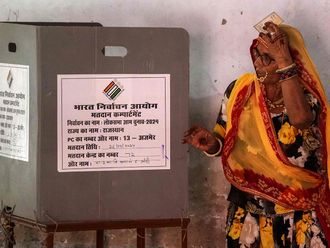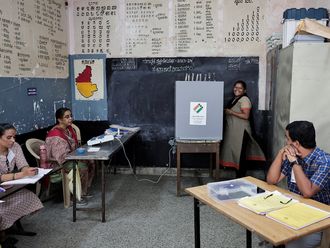Bihar Chief Minister Nitish Kumar, 63, was once rated as India’s potential PM candidate. Well, he had extricated Bihar, once a basket case, out of morass, put it on the track to development and gave a new identity to Bihar as well as Biharis.
Nitish ruled the people’s heart all through his first term as the chief minister when he showed he meant business. He undertook many tours of the state, pitched tents in villages and lived with the poor villagers, trying to know their problems from a close. This earned him accolades from the masses who found him as just another one from among them. But he appeared a different politician in his second term, looking no different from his class. He set aside the development agenda and indulged in raw politics, which ultimately saw the villagers losing their patience. While the crowd went on attacking Nitish on the streets, the latter banned villagers with black clothes in his rallies and beefed security around himself.
The state got the biggest shock when Nitish broke his party’s long-standing alliance with the Bharatiya Janata Party (BJP) over elevation of Modi in the party and then dismissed all the 11 BJP ministers from his government. He claimed the National Democratic Alliance returned to power in Bihar since he was the face of the coalition and rejected the significance of the BJP. But he forgot the fact that the BJP’s support of 91 lawmakers had kept the Nitish Kumar government in the comfort zone as his rivals never dared to question him. Post split, Bihar’s development has been badly hit.
As of now, Nitish looks a forlorn man surrounded by a few fellow caste leaders with most of his senior colleagues either dumping the Janata Dal-United (JDU) or openly opposing his leadership. Now, he faces the biggest challenge to retain his clout over the voter class. JDU had won 20 seats out of 40 in 2009, but this time, the party had to import candidates from rival parties to field on most of the seats. The JDU has fielded 16 outsiders. The problems are plenty.












